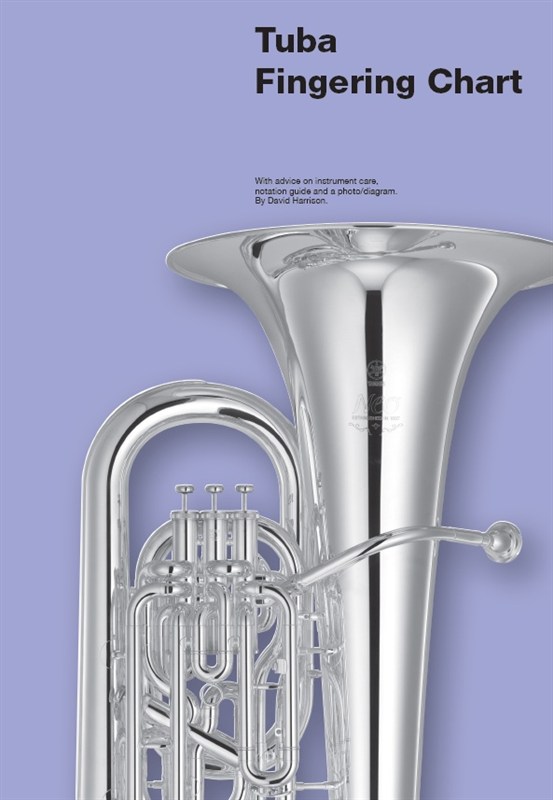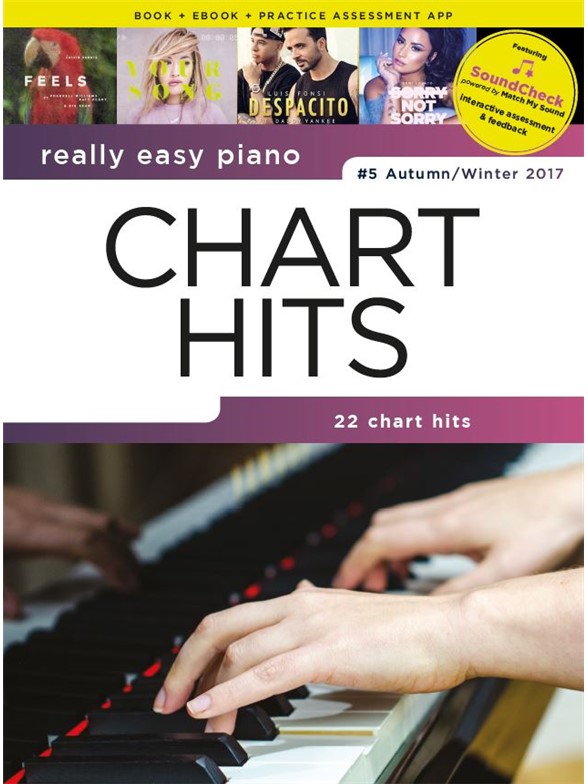Isthmus : for choir and fixed media
Isthmus denotes a narrow strip of land with sea on either side, forming a link between two larger ars of land. The title is a metaphor for an effort to bond artistically my experiences of living in Cyprus, my birthplace, and in the USA, my recently adopted homeland. Having lived in a small, partitioned island for my formative years and in England for eleven years, water has always had a double meaning: it has at once served as a gateway to other cultures but also as a border, a violent and absolute interruption of a continuum. While in the USA, or indeed in a now connected Europe, it is possible to travel on land for days without having to encounter a border, in the countries where I lived for most of my life, that was not possible. As an artist, this notion of establishing boundaries and consciously trying to break them is very close to me, as my music deals both with modernity but also with tradition and, similarly, with metaphor and reality. As a Cypriot, the sea, the world of antiquity, the mysteries of the oracles, the notion of borders and the pastoral are all very central to my way of thinking. In Cyprus, different layers of history are frequently superimposed on a single building that might still preserve its Roman, Byzantine, Venetian and Ottoman features in its layers of stone and architecture. Similarly, ancient ruins or the barbed wire of modern conflict often interrupt placid fields. An isthmus, therefore, can be seen to symbolize my artistic struggle to join strikingly different experiences and notions in a cohesive way. Similar to an isthmus, in this short piece, I connect these experiences with the purpose of creating a distinct and unique sonic context, connecting technology and tradition, the pastoral with the urban, the musical with the extra-musical and the abstract with the concrete. For example, the choir does not always sing in the traditional sense, but the singers imitate various natural sounds, such as water, air, crickets or birds, to create a vivid visual impression for the work. Scandinavian herding calls blend with field recordings from the seas of Cyprus and the lakes of Upstate New York, communicated within clearly defined, singular acoustic sources and spaces through wireless speakers. The text used is both onomatopoeic, articulating an imaginary language, but also literal, with a setting of the poem, “To make a prairie” by the iconic American poet Emily Dickinson and a tiny fragment from Callimachus’ “Hymn to Demeter.” Technology is used sparsely and very intentionally to articulate the expressive qualities of pastoral imagery, creating one unified synthetic timbre with the choristers’ sounds. This piece is dedicated to the wonderful singers of the Georgia Institute of Technology Chamber Choir with special thanks to Professors Hsu and Ulrich, without whose support this composition would not have been possible. Practical notes: A choir of no less than 24 singers is sought with 4 additional soloists (2 Sopranos and 2 Altos). Each singer must have their own wireless speaker, secured either in the music folder or as a strap inside their shirts. All sounds must match in volume the sound from the speakers, creating one unified timbre. The speakers should not be noticeable to the public. The four soloists are placed offstage at the beginning of the work. From 1:35’ onwards they enter the hall and take their positions, ideally at the four corners of the hall. If the hall is too large, the singers can find alternate positions, but these should always be antiphonal. The four soloists sing predominantly in the “kulning” style and the antiphonal aspect is very important to the work. There are two sound files for each section (SATB) that are triggered by each singer’s mobile device. The first occurs at the start of the piece, and the second, about a minute before the end. The sound files are able to be purchased separately, on CD, or are available directly from UYMP.SATB choir and CD.Isthmus denotes a narrow strip of land with sea on either side, forming a link between two larger ars of land. The title is a metaphor for an effort to bond artistically my experiences of living in Cyprus, my birthplace, and in the USA, my recently adopted homeland.Having lived in a small, partitioned island for my formative years and in England for eleven years, water has always had a double meaning: it has at once served as a gateway to other cultures but also as a border, a violent and absolute interruption of a continuum. While in the USA, or indeed in a now connected Europe, it is possible to travel on land for days without having to encounter a border, in the countries where I lived for most of my life, that was not possible. As an artist, this notion of establishing boundaries and consciously trying to break them is very close to me, as my music deals both with modernity but also with tradition and, similarly, with metaphor and reality.As a Cypriot, the sea, the ...









